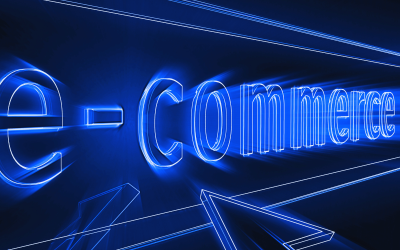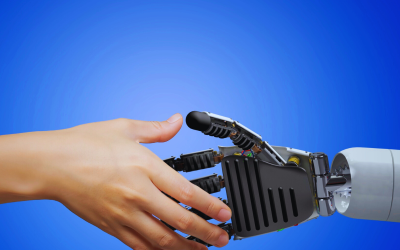How B2B and B2C Are Integrating in the Online Market
In recent years, we have witnessed a progressive convergence between B2B and B2C business models in the world of eCommerce, with tools like CRM, Shopify, and marketplaces playing a key role in this transformation. In this article, we will analyze this phenomenon in detail, covering:
- Detailed Definitions of B2B and B2C Models
- Growing Personalization and Omnichannel Trends in B2B
- Remaining Differences Between the Two Models
- Evolution Towards a More Fluid eCommerce
Sommario:
- B2B vs B2C: Definitions
- The Convergence Between B2B and B2C Models
- Personalization and Online Channels for B2B
- Remaining Differences Between B2B and B2C
- Towards an Integrated eCommerce Model
B2B vs B2C: Definitions
Let’s start with basic definitions. The B2B (Business to Business) model consists of the sale of products and services between one company and another. These are transactions between businesses, not intended for the final consumer. B2B customers are generally other companies that buy for professional reasons and not for personal use. These could be retailers, distributors, manufacturers, or service providers. The relationship is based on formal and customized contracts.
B2C (Business to Consumer), on the other hand, involves direct sales from a company to the end consumer, i.e., private customers purchasing for themselves. This model includes retail sales, B2C eCommerce, and other channels aimed at individual customers. The products are usually consumer goods, and the transactions tend to have a lower average value. The relationship is based on standardized terms and conditions.
The Convergence Between B2B and B2C Models
In recent years, we have seen a convergence between business-to-business (B2B) and business-to-consumer (B2C) models in the online market and eCommerce. Previously clearly distinct, today there is a growing hybridization, with B2B adopting approaches and tools typical of B2C.
Personalization and Online Channels for B2B
Personalization, long a hallmark of B2C, has become a must-have for business-to-business (B2B) in the online marketplace. B2B companies recognize the importance of delivering a tailored experience in eCommerce, facilitating product searches and access to information.
In addition to direct relationships with sales teams, B2B has embraced digital channels such as eCommerce websites, online marketplaces, and social media to reach new potential customers, communicate their brand, and streamline transactions. Tools like CRM systems, chatbots, and software for managing orders and documents online are now making their way into the B2B space as well.
For example, consider the innovations introduced by Shopify specifically for the B2B sector in eCommerce. The platform allows businesses to customize the purchasing process, profile business customers, set dedicated price lists, and manage accounts with differentiated permissions.
Remaining Differences Between B2B and B2C Models
Despite the ongoing convergence, some distinctive differences between B2B and B2C remain:
- Product Type: B2B mainly sells professional goods and services, while B2C focuses on consumer products.
- Complexity of the Sales Cycle: In B2B, multiple stakeholders are often involved in the decision-making process.
- Order Frequency and Value: B2B purchases are less frequent but have higher value.
- Level of Personalization: Personalization remains high in B2B, where each customer has specific needs regarding the product, purchasing method, terms, and deliveries.
- Type of Relationship: B2B is based on formal contracts and ongoing relationships over time.
The main distinction remains the type of customer/product, which influences the sales process. In B2B, the process involves negotiations, customization, and a close relationship between seller and buyer.
Towards an Integrated eCommerce Models
We are moving towards a digital ecosystem with no clear boundaries, where offering excellent, personalized, and omnichannel experiences is crucial. Companies will need to adapt their business model to different situations, integrating the best of both B2B and B2C.
The key will be to deeply understand the needs of each customer/segment to define the ideal customer experience. The boundaries between B2B and B2C will become increasingly blurred, and companies must be able to offer smooth purchasing paths across online and offline channels.
Investing in technology and skills will be essential to enable flexible, integrated, and efficient models. Only in this way can companies excel in a digital market where the consumer, whether a business or an individual, demands maximum omnichannel capabilities.
Sintra Digital Business – Shopify Plus Partner


